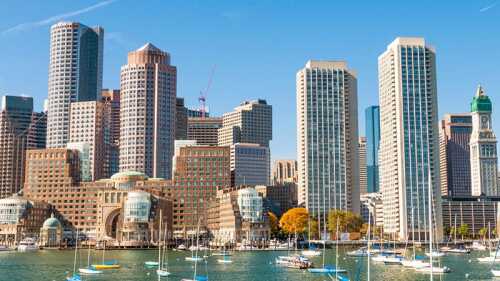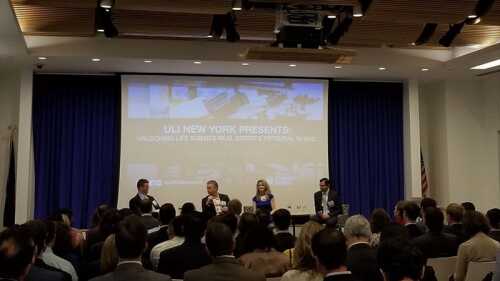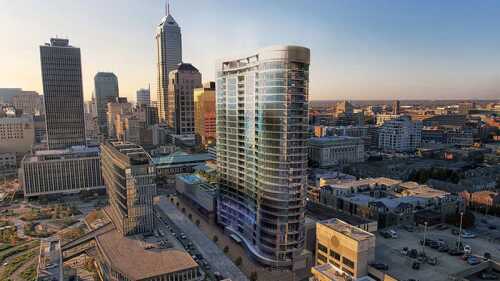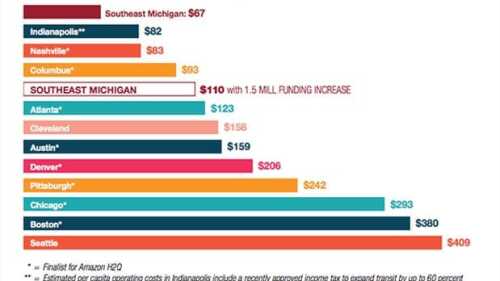Emerging Trends
Nearly 7,000 of the world’s foremost leaders in the real estate and land use industry will convene at the 2018 ULI Fall Meeting, set for October 8–11 at the Boston Convention & Exhibition Center.
A national developer transforms a faded Texas strip center into a mixed-use place around a central urban street.
Everyone thought they knew what millennials and their parents, the baby boomers, wanted in housing and lifestyle, but the two largest demographic groups in U.S. history are not behaving as many prognosticators thought they would.
The population of urban neighborhoods in many metropolitan areas is growing as quickly or nearly as quickly as that of suburban neighborhoods, reflecting ongoing consumer demand—particularly among younger households—for walkable living environments that are convenient to jobs, transit, and urban amenities, according to new research published by ULI and RCLCO.
Hundreds of millions of dollars are pouring into plans to help incubate and retain life-science startups in New York City, panelists said at a ULI New York event in May. Locating in Manhattan offers the benefit of a variety of possible partners, including universities, hospitals, and other technology firms, as well as the presence of investors and potential employees, they said.
With more than $3.6 billion in investment taking place in its downtown alone, Indianapolis has been on the radar of many out-of-state investors. At a recent ULI Indiana event, panelists described the investment appeal of secondary cities.
While investment volumes in commercial real estate in Hong Kong were up strongly last year, flagship office buildings and prime development sites are beyond the reach of all but a handful of players. For most investors, more interesting opportunities lie in other, less-visible parts of the market. Rather than waiting for (and possibly missing) the next correction, investors who are willing to roll up their sleeves may find opportunities away from the spotlight.
E-commerce has brought industrial into the 21st century, said panelists at the ULI Spring Meeting, and technology has become more sophisticated in today’s industrial offerings. More important, industrial developers are constructing product that provides flexibility for tenant users, with more container parking storage and additional car parking if the tenant is an e-commerce user.
Detroit’s metropolitan area is slowly growing again, which means it’s time to focus on planning to accommodate more people in an area already light on transit infrastructure. For a place long known as Motor City, it has been an uphill battle to become a transit-oriented community, but what can the region do with its existing infrastructure in the short term?
A panel of experts at a ULI Washington event said that thriving suburbs will continue to become more walkable and dense where appropriate, with fewer big-box stores surrounded by parking lots.










